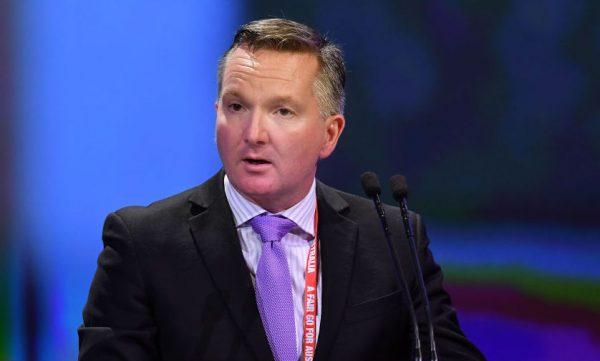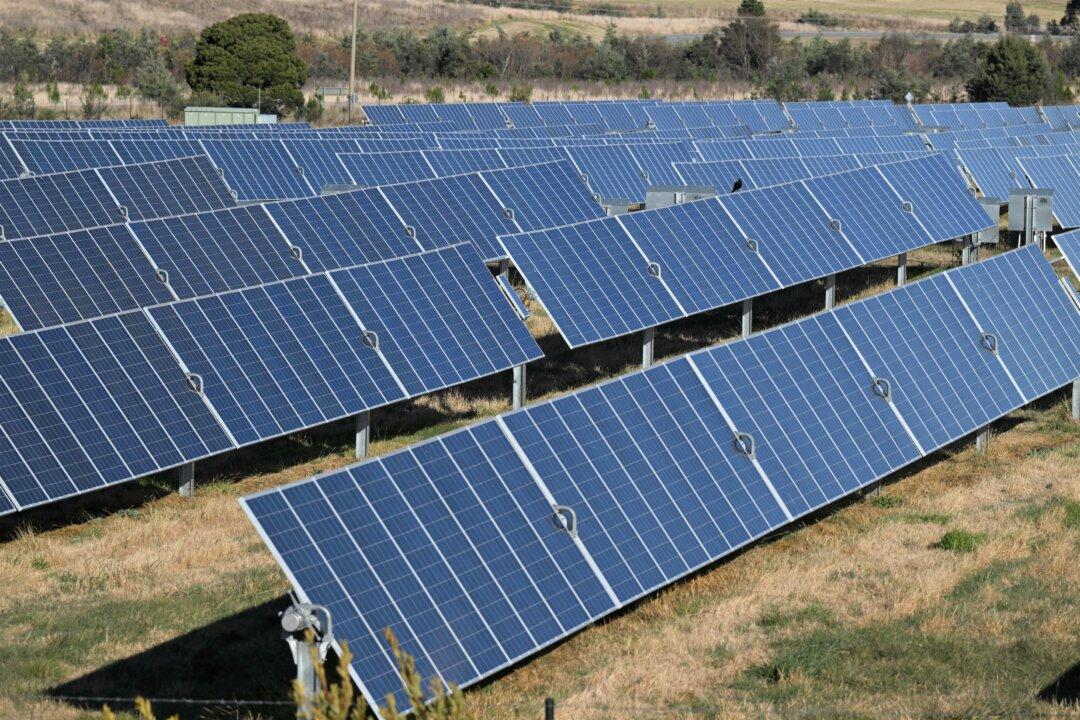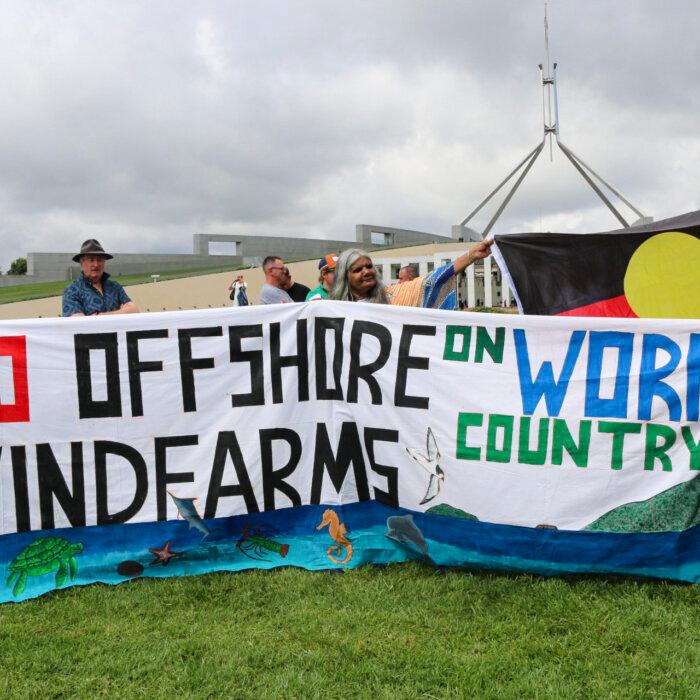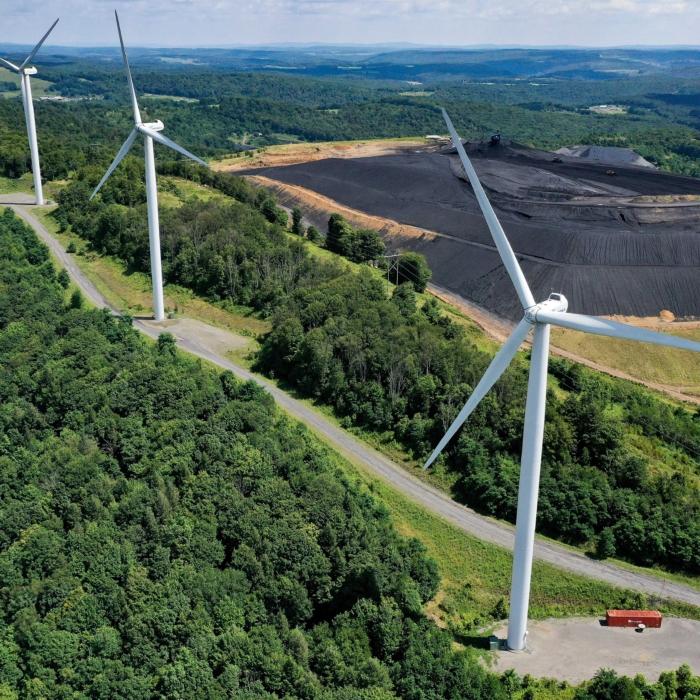Australia’s Climate Change and Energy Department has been questioned about the security risks of solar panels to the national electricity grid amid the federal Labor government’s push to achieve net zero emissions via renewable energy.
During a Senate Estimates hearing on Feb. 12, Hollie Hughes, a Liberal senator for New South Wales, raised the issue that overseas malicious actors could manipulate Australia’s power system via the smart inverters used in many solar panels in the country.
“We have a significant number, a vast proportion of solar inverters that can be controlled by an outside player and are being provided and manufactured by companies with very strong ties to the Chinese Communist Party (CCP),” she said.
“This is a matter of national security.”
The senator then questioned whether there was any discussion among government departments about ensuring that the national grid was not compromised by solar panels’ technical issues.
In response, Martin Squire, the acting division head for the energy performance and security division of the Climate Change Department, said his department and the Home Affairs department had worked to develop the government’s cybersecurity strategy, which included consideration of the security risks of solar panels.
“We’ve established a particular team looking at security issues associated with distributed energy resources, so rooftop solar, as the example just cited, but also the applicability to other forms of technology used behind the meter in the home: batteries, EVs (electric vehicles), chargers, etc,” he said.
Mr. Squire also noted that his department had commissioned Standards Australia, a non-government standards development body, to conduct a cyber standard mapping and gap analysis as well as develop a roadmap for the government to tackle security issues related to renewable technology.
“Part one of that project has been completed, and the second stage of the project, which we’re in the process of commencing, will look at the development of cybersecurity standards for the Australian market in particular,” he said.
Nevertheless, the Climate Change Department acknowledged that security issues were not the focus of its work.
“Our department is really focusing on issues around standards and our technical solutions, and we work with other entities to assist us with that,” said Climate Change Department Secretary David Fredericks.
Concerns About Slavery in Chinese-Made Solar Panels
Ms. Hughes also raised concerns about the involvement of modern slavery in the production of solar panels in China, especially the forced labour imposed by the CCP on the Uyghurs, a predominantly Muslim ethnic group in Xinjiang.The senator questioned whether the Climate Change Department had implemented any measure to ensure that the solar panels imported to Australia were not products of forced labour.
Climate Change Department Deputy Secretary Simon Duggan said his government abided by domestic laws in procuring solar panels for the energy transition.
“As a department, we do abide very, very closely by the modern slavery laws, and we do take advice from the DFAT (Department of Foreign Affairs and Trade) and try it on the application of that law to the energy sector,” he told the Senate Committee.
However, the deputy secretary stated that it was not his department’s role to determine whether there were elements of modern slavery in the solar panels’ supply chain, noting it fell under the role of DFAT.
“They’re best placed with people on the ground with the expertise,” he said.
Ms. Hughes then raised the issue that the government may need to review its renewable energy strategy to tackle modern slavery elements in imported solar panels.
CCP a Major Risk to Australia’s Net Zero Transition
Ms. Hughes’ statements come as the CCP has emerged as a major risk to Australia’s net zero transition.The IEA also predicted that China would account for 95 percent of the production of key materials for solar panels, such as polysilicon and wafers, in the coming years.

Climate Change and Energy Minister Chris Bowen has admitted that the dominance of China in the global supply chain of solar panels posed a risk to Australia.
“But when supply chains are so concentrated, and getting more concentrated, the risk is greater every day, so this transition now is more important to us than it ever has been.”
Currently, the Labor government aims to achieve 82 percent of renewable energy by 2030 and net zero emissions by 2050.







